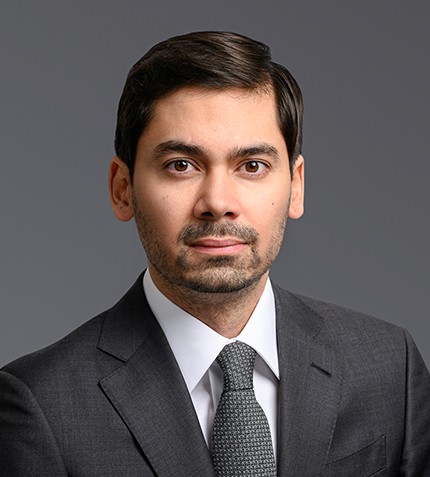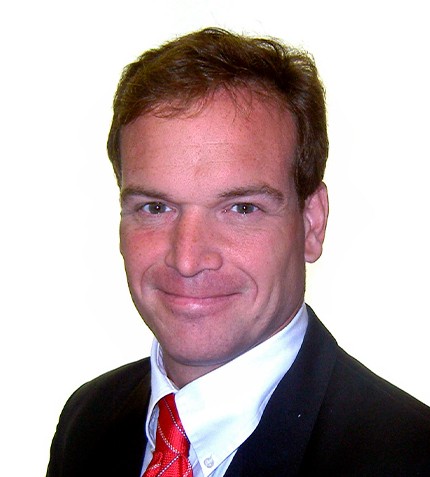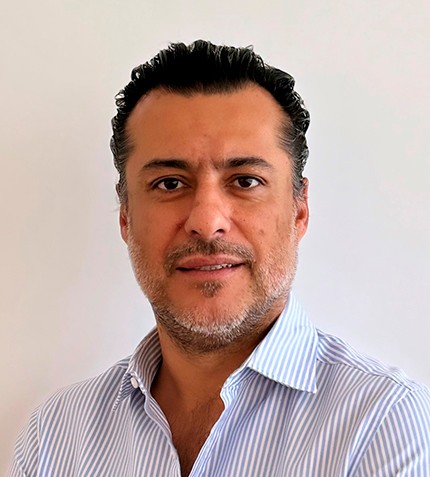
“We view politics very much like we view commodity prices – a pendulum on a clock swinging back and forth, side to side, but rarely in equilibrium down the center. Investors will always deploy their capital where they see the best risk/reward proposition.”
Michael W. Scherb
FOUNDER & CEO, APPIAN CAPITAL ADVISORY LLP
In February 2022, Appian announced it had exited its positions at Harte Gold and Peak Rare Earths. What do these deals demonstrate about the company’s business model?
Harte Gold and Peak Rare Earths mark the sixth and seventh investments exited by Appian from the 16 investments we have made – nine on the equity side with the balance being credit and royalties. To be able to exit the bulk of the equity investments made really proves that long-term capital and technical value-add is the correct investment approach for mining. Fund 1 is now nearly fully exited, and we are beginning to monetise Fund 2. It’s also the logical time to be thinking about what Fund 3 looks like, in terms of size and strategy.
Considering current metals prices, how difficult is it to find value in the right type of projects?
I think you have to look at value relatively. The five biggest mining companies are trading at around a 4x EV/EBITDA valuation, compared to Tesla which is trading at an 80x EV/EBITDA metric, and they are all basically feeding the same end market. This represents a massive disconnect to where the retail and public institutional investor is putting their capital, and I think there is an opportunity to close that gap.
There is also a disconnect between the capital required and the capital on offer, and that’s where we step in. Bear in mind, Appian does not invest in public entities: we invest in private assets. This does not only mean investing in the traded shares of a company – it could be a JV earn-in at the asset level with a Corporate who is struggling to find financing. If there was no money available, people simply wouldn’t do deals – they would just batten down the hatches and wait for the next cycle. Appian, unlike other players, is active in all points of the cycle, ready to capitalize on the strength of its investment strategy and the opportunities we see in metals and mining.
When mining projects are financed there is often the sentiment that the company supplying the capital gets the better end of the deal. How can credit solutions be structured so it’s a win-win for all parties?
You are correct in pointing out that beyond our value-add capital strategy for equity, we offer structured credit and royalty solutions as well. Part of the reason that the credit market is available to specialist lenders like Appian is because there are not enough traditional financing solutions out there. Mining is a very capital-intensive sector, whose product is crucial for society, yet traditional banking does not want to invest because they cannot quantify the technical risk associated. The alternative would be very dilutive equity capital raises, whereas debt financing uses your balance sheet to minimize dilution. In effect, being able to raise any kind of credit capital is net value accretive.
I urge management teams to really understand the cost of capital that you are receiving rather than focusing on the headline number. There is an arrangement fee, an equity upside component, royalties and streams, which all need to be understood. It is also important to think about what added value you are getting. What can the lender do to help? Can they make recommendations or connect you to the right people? In Appian’s case, we provide technical support across the full spectrum, from geostats to tailings. There is an expert that will fly to site for months on end to help you solve that problem. We are slightly more expensive than some lenders, but you actually get value-add for that capital.
What are some of the common errors you see management teams make in the mining sector?
Firstly, I deeply respect the entrepreneurial and exploration spirit in this sector, which is really where teams excel. Management teams in the mining industry, however, are almost always more optimistic about their assets than is warranted. When you are presenting a project to a technical investor we will figure out what is real pretty quickly. Optimism abounds across the board; from geostats definition to resource estimation, through to capital cost estimation, mine plan design, plant design and downstream tailings. In all of these cases, being realistic is key instead of trying to sell something you do not have or cannot do. We look for realism, then we think about how we can help the team fulfill the assets true potential.
How do you view the current political risk in Latin America from a mining standpoint?
We view politics very much like we view commodity prices – a pendulum on a clock swinging back and forth, side to side, but rarely in equilibrium down the center. Investors will always deploy their capital where they see the best risk/reward proposition. If politics moves against foreign investment in the mining sector, we will simply invest our capital in a different country. We are watching closely what is happening in Chile and Peru, but the benefit of having a 10-to-12-year-fund is we do not have to overreact, and can step in when we think the market offers an opportunity. We do not necessarily think that a move to the left would stop us from investing. There was a similar reaction when AMLO was elected in Mexico, and that has turned out better than expected as he moderated his views, bar certain situations which we continue to monitor. Even in places such as Brazil, where you have two polarized candidates, the congress is a great centrist moderator.
Everyone seems to be bullish about copper at the moment. As an investor, does this concern you?
We always try to be counter cyclical to the market: when the whole market is saying one thing it is usually an indication you do the opposite. I remember when copper was at US$2.20/lb and one well-known investment bank put this as their long-term price – this was a clear indication to go long copper, which is why we invested ~50% of Fund I then in copper.
It is slightly worrying that everyone is so bullish, but this is potentially a unique case because we don’t see where the supply is coming from, we don’t see the ability to easily ramp up brownfield deposits, and we don’t see a lot of exploration success. At the same time, we do see demand getting stronger. Even if Chinese construction was to slow down, our view is that the energy transition would more than make up for this. Substitution should also not be a big issue, given copper’s unique properties to conduct electricity. If a way to economically process low-grade ores was found, that is one of the only areas I see that could dramatically affect copper.
What could be done to start changing the public image surrounding mining?
Mining is an easy industry to blame because there is an emotive attachment to what is in the ground, given that it involves a country’s natural heritage and resources. However, as we all know, mining is in everything around us, so metals need to be extracted in a socially-responsible way. This is something we champion at Appian by being a signatory to the UN-backed Principles for Responsible Investment and viewing ESG as a crucial element in all our investment decisions.
More widely, the industry has not been in the mainstream sphere of consciousness, but this is changing: whether it be concerns around inflation or energy transition and critical minerals policies. Mining needs to respond appropriately by really emphasizing the good that it does.
As well as mining companies being more transparent, governments could adopt a more constructive tone with the industry. Politicians should also be more realistic about developing new opportunities. It is easy to put out a statement that everyone will drive an EV by 2040, by which time those politicians will not be in office, but when you do the math there is no way the world has enough copper or nickel to support that. There is also a lot of ‘greenflation’, where you have negative mining sentiment on one hand, and push for energy transition on the other. This will only lead to higher prices and more inflation. Governments therefore have a responsibility to allow mines to get into production unabated.
Looking ahead, what is your broad strategy to develop Appian in the coming years?
After 10 years of careful planning and operation, Appian now has 54 investment professionals overseeing around 5,000 people, with offices all around the world. The strategy is to continue to prove that the operating model works, which is our bread and butter. We are looking at a variety of areas to grow that are disruptable, like credit and royalties, mining infrastructure, services, and energy provision.
Our goal is to be the premier source of capital for the entire sector, regardless of capital source or type. Raising capital has never been a problem and we are very grateful to our investors; it is more a question of right-sizing the capital to be able to deploy it appropriately, build assets and generate value through cycles. We believe we will be judged, not by the quality of our winners, but by our lack of losers.










